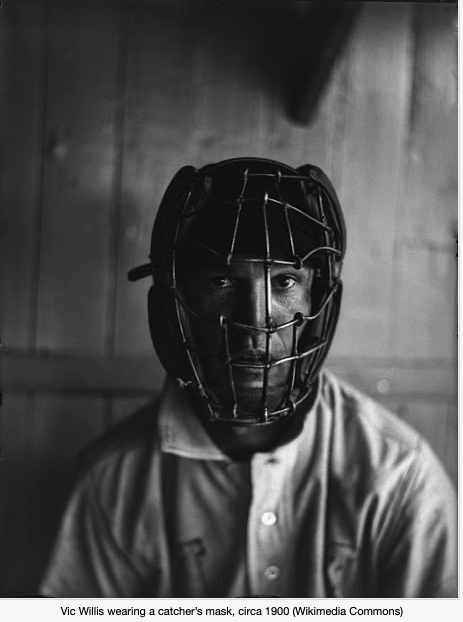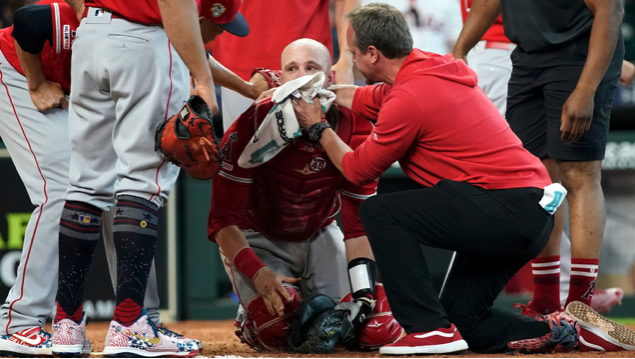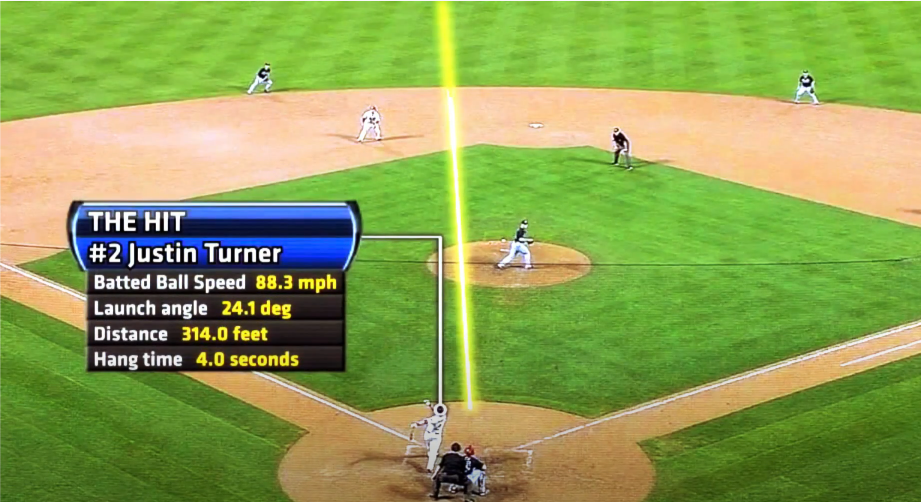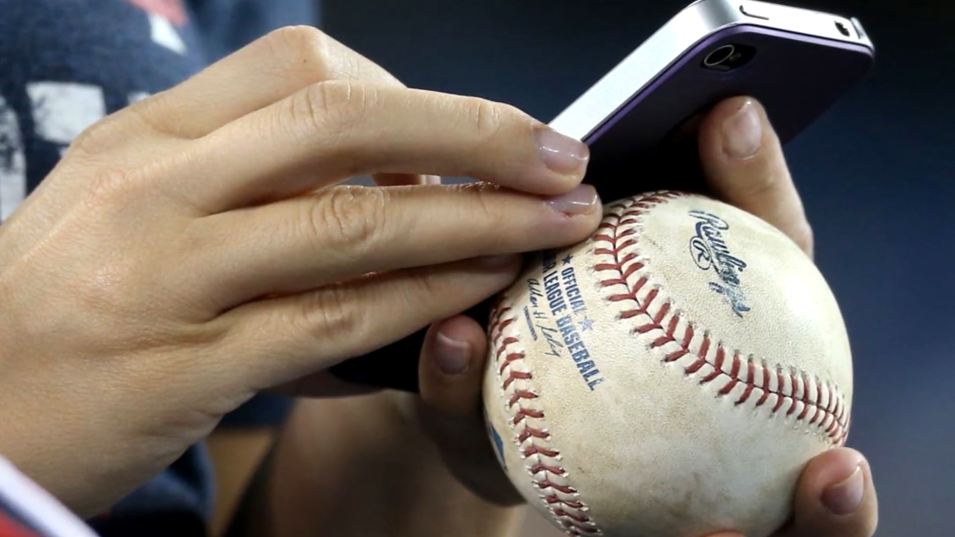What technology in baseball has changed the game? Many people will answer that there is no technology. Perhaps it has not been called technology yet; however, there are many items that have changed the game.
Some of the changes were due to technology and others were due to other reasons. These changes included all different types of equipment as well as playing surfaces and ballparks. These new additions allowed players to perform feats that seemed impossible just a few years earlier.
Baseball Equipment and Fielding Gear
In the past, there have been many changes in baseball. Some of these changes were due to technology and others were due to other factors. One such change was improvements in the outfield fences. In the early years of baseball, fielders would shoot balls into left center and right center, catching them before they landed. However, as time went on, fielders began to be able to shoot balls into the outfield and catch them on the fly.
Another example of this is that in the early years of baseball, catchers had no facemasks or shin guards so fouls off balls would cause serious injuries. In addition, pitchers did not wear protective equipment so getting hit by a foul ball would generally end a pitcher’s day. However, as time went on, pitchers began to wear chest protectors and also leg guards. This allowed them to stay in the game longer without being injured while pitching.

Shiner’s
Another change that was brought about by technology happened during the spitball era of baseball in the late 19th century. During this time, pitchers would throw the ball with a substance on it that made it harder for batters to see. This allowed for some very effective pitching and many teams won championships using this illegal method.
However, when baseball decided to ban the spitter from play in 1920, they still allowed it so long as one could be seen putting something on the ball during a game. This became known as the “shine ball” and was used by many pitchers in order to make it difficult for batters to hit their pitches.

Frosty’s
Another example of technology improving the game is a type of frosted baseball that allowed batters to be able to see balls better at night games or indoors. These balls were also what allowed players to throw further distances. The balls were also able to be used by batters who could not see well and soon became the standard for baseballs everywhere.
Another advantage of this is that these balls allowed for games to be played in inclement weather without ruining the game due to water damage or rain, snow etc. However, Major League Baseball has since limited the use of these balls due to the fact that some batters can see these balls better than others.
Each of these technologies have improved the game one way or another and many other things are available that will improve it even further. These improvements include everything from bats to gloves, uniforms, helmets etc. and each has changed the game in its own way.
For example, gloves have become much bigger and stronger than in the past. This allows fielders to catch balls in places they could not before and it has also allowed them to throw further distances at a faster speed. In addition, these gloves prevent foul tips from causing hand injuries that were common in earlier times of baseball.

Baseball Broadcasting Technology
While technology has made huge impacts on the game, there have been other things that are more social in nature that also affect it. The first of these was the move to night games. Historically, baseball was played during the day only because there were not lights available at night. However, as time went on, teams were able to use lights to play at night. Night games also give people more time to attend the games and watch them on TV.
Another change in society that has affected baseball is the invention of television. Many people today still follow their favorite teams through television and many others do so while playing fantasy sports league online. This allows for a level of competition that did not exist before and many people have great interest in what is happening with teams beyond their local area.
Each of these changes has helped to improve the game and make it more enjoyable for all who participate or watch it. In addition, technology has changed the way that games are played as well as how they are watched by fans around the world. Without the ability to play night games, many more people would not be able to watch their favorite teams or players and the game would have less popularity.
Technology has helped make baseball the great sport that it is today and will continue to help improve it as time goes on. There are new items being invented each year that change the way fans enjoy their favorite players and the game. In addition, there are more places to learn about the sport as well as talk with other fans who enjoy baseball just as much as you do.
Technology will continue to change baseball in ways we cannot even imagine and it will likely continue to do so for the foreseeable future. This is however, a good thing as long as new technology improves the game and does not hurt it or lead to problems that are difficult to solve.
Also think of other technologies that have affected baseball.
Even with radio broadcast we could also mention related technologies such as: headphones to listen to games at home, digital radio, PDA applications etc. The technology used by teams for scouting and statistics analysis technology
As long as we continue to develop these things, the game will continue to grow and remain popular for many more years. Baseball is a very exciting sport and it does not show any signs of slowing down. Keep your eye on technology and the way it changes baseball in the future.

Analytical Data Mining Revolution
The first widely popular baseball analytics tool was introduced by John Hemmingson Gonzaga in the 1980s. Since that time, a number of different companies have developed their own analytic software. Some are still stand-alone products like Baseball Prospectus, while some are now embedded within a team’s software system. Data is analyzed on different systems and then shared with players using iPads during their games.
The frontier for analytics over the next five years will be not only improving how we process data, but also combining it in new ways to build more useful tools for players and decision makers. As we examine this frontier, here are three things I expect to see more of in the future:

Building Proprietary Systems
The first is that analytics will grow outwards. Today, every team wants their own proprietary system that they trust with their most sensitive data, like medical information or player salaries, and other teams don’t have access to it. I expect that most teams will adapt a hybrid approach where they share a lot of data with other teams, but keep specific information private.
It’s not just about protecting the team, it is also because different organizations want to play differently and some prefer to focus on certain kinds of analysis over others. The Yankees for example are particularly focused on defensive shifts, while the Dodgers may focus on statistical analysis of their bullpen. By combining data from different organizations, we’ll be able to build better tools that help teams make better decisions compared to relying on a singular system.

Using Data in Real-Time
The second is that analytics will grow inwards and this is where my job gets really interesting. I believe if you’ve bought into the idea that the best players are made by playing baseball, then you also have to believe that there are ways to develop better tools for use during games. The next frontier of analytics is about using data in real-time and giving players access to this data however they want it . This will mean something different for every player on every team because everyone’s strengths, weaknesses, and preferences are different.
This is where analytics starts to influence the game in a really meaningful way and helps teams get better. Every time they play a game they should be thinking about how to use data within the context of their strategy for that day’s game or series of games. It also means that players will want to know what data has been collected during the game. This is where we need to be careful that we don’t overdo it, because if a player gets too much data it can actually make him worse, not better.

Building Intuition
If you try and give them too much information they are going to spend their time trying to understand the mass of data instead on building intuition for what’s going on in a game. A player needs to know what data is important, and when it might be useful, but I believe that if they have access to this information it can make them better. The players will be the ones who decide how much data is too much – like everything else in baseball analytics, we’ll learn together as the players get more experience with this.
I believe that players have specific needs based on their preferences and skills. As the old baseball adage goes, “players are individuals,” and there is no reason to think they will all develop in the same way or want the same data.
That’s why I expect we’ll use analytics for “smart sitting” and will build tools that allow each player to be as independent in their development as possible. Some players, like a young prospect who is still learning the game, may want more information than others about what they should be looking for on every pitch of an at-bat.
Maybe they don’t know exactly how or where to look for information, but they know that if they can identify specific pieces of the puzzle for their at-bat more quickly or accurately then it will be a huge advantage.
I’m not sure where this kind of “smart sitting” ends and player coaching begins because we’re going to blur those lines as much as possible using data.
